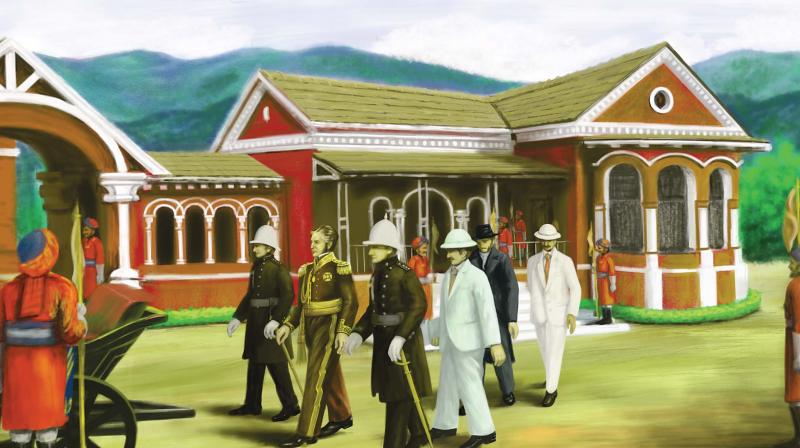Bicentenary of Nilgiris in July
The summer exodus continued for 67 years till 1937, administering nearly half of India from Ooty.

Ooty: As modern Nilgiris is celebrating its bicentenary this year, the Nilgiri Documentation Centre (NDC) here recalled the significance and history of the month of July in the genesis of modern Nilgiris.
Mr.Dharmalingam Venugopal, director of NDC, said that 150 years ago on July 1, 1870, Ooty became the summer capital of the Madras Presidency, a status enjoyed by no other centre in India except for Simla. Governor Lord Napier arrived at Ooty on the evening of July 4 to a public reception at Charing Cross.
He assured, ‘Although the benefit of Ootacamund was not the immediate object of the transfer of the seat of Government, the interest of the place would not be overlooked.’ Though permission for the sojourn was only for three months, in practice the stay extended up to as long as eight months, he said.
The summer exodus continued for 67 years till 1937, administering nearly half of India from Ooty. Some thirty governors including acting Indian governors ruled from Ooty, he noted.
“During that time, government mails were carried down the hills to Mettupalayam by native runners wearing bells on their arms to warn people from the path, and at night, they were preceded by a boy with a lighted torch for the same purpose. Bearing a bag of letters and newspapers, they ran six miles an hour, and were relieved at intervals of from five to six miles,”he explained.
It was again in July 22, 1799, 220 years ago, that the Nilgiris came under British rule after the fourth Mysore war in which the mighty Tipu Sultan was vanquished.
The Nilgiris came under a separate Superintendent of Police on July 1, 1905. On July 16, 1913, the never ending Cauvery talks began in Ooty courtesy of the Mysore Maharaja. In the current century, the Nilgiri Mountain Railway was declared a world heritage site on July 15 in 2005, thereby giving a new lease of life to the marvel of mountain engineering, he noted.
